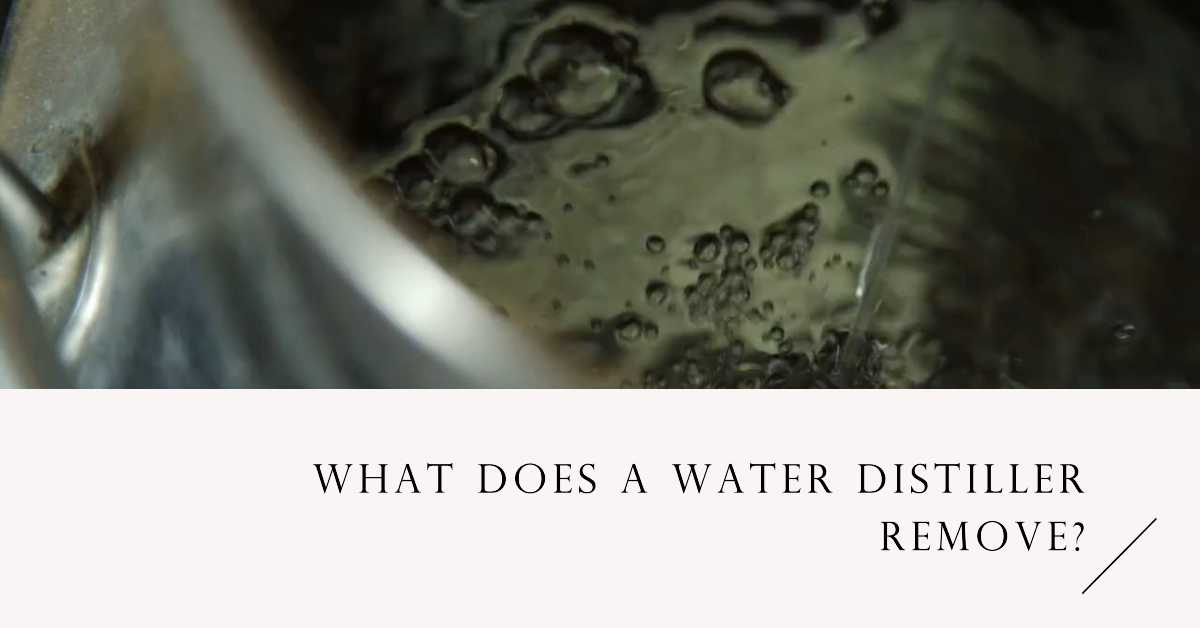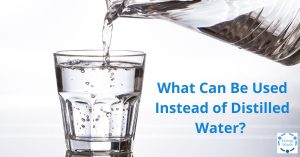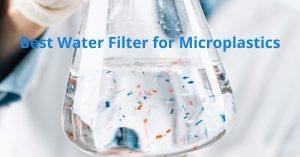Distillation is a tried and true method of removing many contaminants from your water, including bacteria and inorganic and many organic compounds. Keep reading to learn more about water distillers, how they function, and what they remove from your water.
Organic Chemicals:
Antibiotics, Fertilizers, Pesticides, Insecticides, Herbicides, Solvents, Growth Hormones.
Inorganic Chemicals:
Hard Water Minerals, Phosphorus, Asbestos, Selenium, Sodium, Fluoride, Iron, Lead, Mercury, Barium, Nitrates, Copper, Lead, Chlorine, Arsenic.
Biological Contaminants:
Bacteria, Viruses, Cryptosporidium, Chlamydia, Giardia Cysts. Distillers kill all known biological contaminants.
By removing all of these contaminants, your water is left pure, making it much healthier and safer for you and your family to drink. The contaminants are left behind in the boiling chamber as a white/yellow crust which can be easily cleaned out.
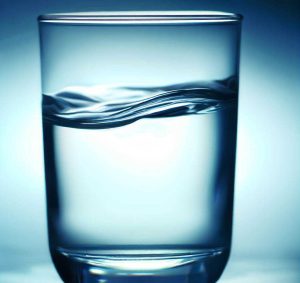
What is Water Distillation?
Distillation is one of the oldest methods of water treatment and is still in use today, though not commonly as a home treatment method. It relies on evaporation to purify water. Contaminated water is heated to form steam. Inorganic compounds and large non-volatile organic molecules do not evaporate with the water and are left behind. The steam then cools and condenses to form purified water.
Water distillers effectively removes inorganic compounds such as metals (lead), nitrate, and other nuisance particles such as iron and hardness from a contaminated water supply. The boiling process also kills microorganisms such as bacteria and some viruses. Distillation removes oxygen and some trace metals from water. For this reason some people claim distilled water tastes flat.
Organic compounds with boiling points lower than the boiling point of water (ex. benzene and toluene) vaporize along with the water. These harmful compounds will recontaminate the purified product if not removed prior to condensation.
What Types of Water Distillers Are Available?
Water distillation units, or stills, generally consist of a boiling chamber, where the water enters, is heated and vaporized; condensing coils or chamber, where the water is cooled and converted back to liquid water; and a storage tank for purified water. Distillation units are usually installed as point-of-use (POU) systems and are generally placed at the kitchen faucet and used to purify water for drinking and cooking only.
Size varies, depending on the amount of purified water produced. Production rates range from 3 to 11 gallons per day. Home stills can be located on the counter or floor, or attached to the wall. Models can be fully or partially automated, or manual. Some units have columns or volatile gas vents to eliminate organic chemicals with boiling points lower than water, thus ensuring uncontaminated water.
How Does a Water Distiller Work?
A water distiller purifies any water and removes all contaminants such as organic chemicals, inorganic chemicals and biological contaminants through the distillation process. A water distiller functions very simply.
You have a boiling vessel with a heating element at the bottom. This brings the water to a boil and starts a slow simmer. This action kills off any bacteria or viruses present. Interestingly boiling is the most effective way to kill biological contaminants.
The steam produced is pure water. It then passes into the condensing tubes at the top of the distiller. The stainless steel tubes through which the steam passes have metal fins coming off them and a fan blowing air through them. This cools the steam back down into water. By this stage we now have purified water with virtually all the chemical contaminants removed.
However there is a class of chemicals called Volatile Organic Compounds (VOCs) which pass through distillation. These are oil-like substances with boiling points below water. They might be fuel oils, they might also be things like pesticides. Distillation does not remove these. However charcoal filtration does remove them very effectively. That is why Megahome water distillers have an activated charcoal filter at the end of the process. Activated charcoal has undergone a special process which increases its surface area and it is remarkably effective at removing VOCs. It does “fill up” so to speak. Which is why you need to change the charcoal filters every 30 distillations. When the water level in the distiller gets to about 2-3mm the distiller detects this and automatically turns off.
A Megahome water distiller first kills biological contaminants, then removes organic and inorganic chemicals and finally removes VOCs during charcoal filtration at the end of the process. The result is pure, clean, healthy water. The resulting water has 99.9% of contaminants removed. It is which is purer than any bottled water, filtered water or water produced from the reverse osmosis process.
Where Can I Buy a Water Distiller?
Water distillers can be purchased from various online retailers in Australia and obviously we’re going to recommend our own water distiller. The Megahome Water Distiller is a popular and reliable choice for home use, offering the highest purity water for you and your family.
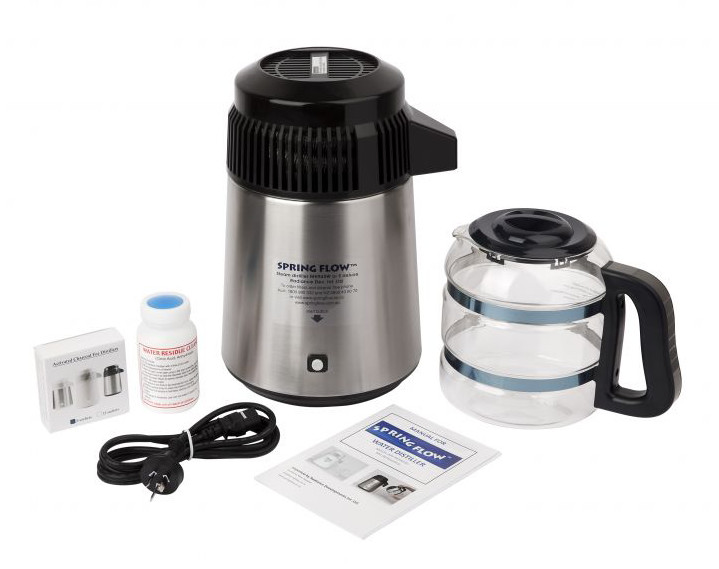
Water distillation is an effective way to remove contaminants from your water supply, including bacteria, inorganic and many organic compounds. Megahome water distillers are a popular and reliable choice for home use, offering the highest purity water for you and your family. By removing all of these contaminants, you can be sure that you are drinking the cleanest and safest water possible.

